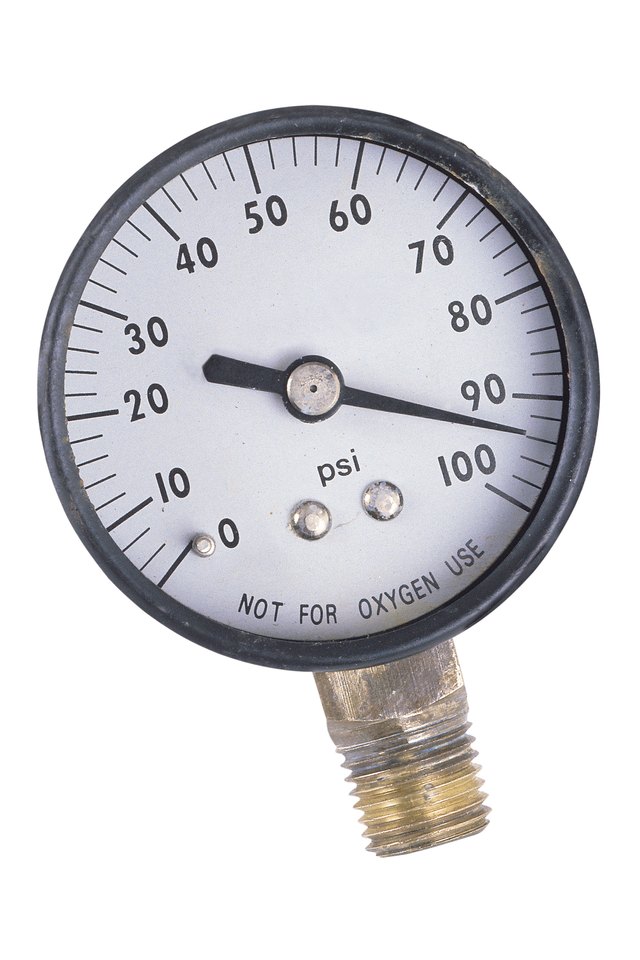How Does a Soccer Ball Air Valve Work?

For a soccer ball to work properly, it needs the right amount of air inside. To inflate a soccer ball, you need to locate the air valve, which is usually marked by a tiny black hole on the surface of the ball. The hole allows the valve, which is located inside the ball, to open and close, allowing air to enter and stay inside.
Construction of Ball

Thomas Northcut/Lifesize/Getty Images
There are four main parts of a soccer ball. The first is the cover or surface of the ball, which can be made from synthetic leather, polyurethane or polyvinyl carbonate. Balls made from synthetic leather are typically more common and used in professional games. The number of panels on the surface of the ball vary due to the type of ball. The most commonly used soccer ball design has 32 panels. The second component is the stitching that holds the panels together. The type of stitching -- hand-stitched, machine-stitched or thermally bonded -- determines how long the soccer ball will last. The third component is the lining, which is between the cover and bladder. An average of four layers of lining give the ball its structure, strength, control and bounce. The last component is the bladder, which is the round, innermost layer that gives the ball its shape. Bladders can be made from butyl or latex, and contain the air valve.
How a Valve Works

Thomas Northcut/Lifesize/Getty Images
When a soccer ball air valve is closed, the hole is perpendicular to the passageway, which doesn't allow air to enter or exit the ball. Whatever air is in the ball will stay inside. When the valve is open, the hole runs in the same direction as the passageway. This allows you to inflate the ball with air. Ball valves are made from different materials including butyl and silicone. Butyl valves are used for air retention, while silicone valves are used for performance and protect the ball from losing air during inflation. Full port valves are the most common among ball valves and allow little friction loss with no restriction of air flow.
How to Inflate

Thomas Northcut/Lifesize/Getty Images
Hold your soccer ball and shake it until you feel the bladder hang straight down below the valve. Place one to two drops of valve oil on the valve for easier needle insertion, better air retention and to prevent the valve from drying out. Insert the pump's needle in the valve and inflate. Use caution; take note of the ball's manufacturer-recommended pressure, and use a pressure gauge to determine when to stop inflating.
Air Pressure

Thomas Northcut/Lifesize/Getty Images
If you don't fill the soccer ball up with enough air to meet its recommended pressure, the ball's height and distance will be affected. A flat ball won't go very far if you kick it. The more air pressure, the more firm and spherical-shaped the ball will appear. With more air pressure, the ball can be kicked higher and further.
References
Writer Bio
Allison Amy resides in North Jersey where she is a journalism and psychology major at Rutgers University. She writes articles about fitness and well-being and has has an internship doing so. Her articles have appeared on shrinktheplanet-weightloss.com.
